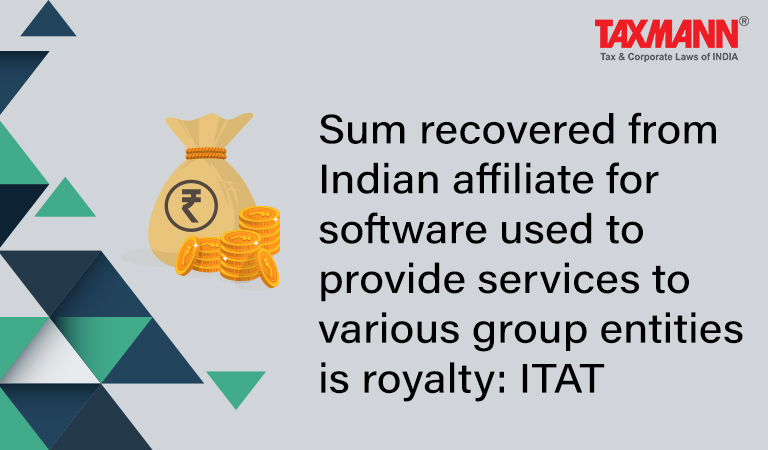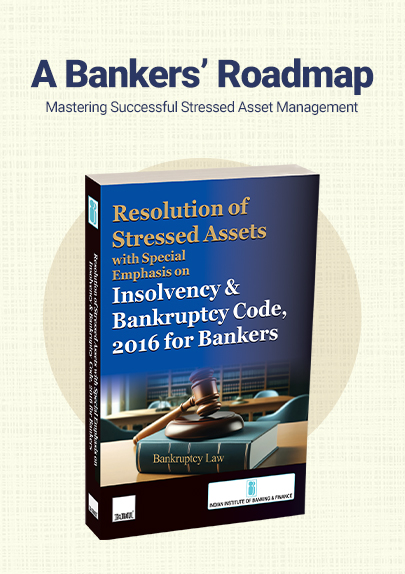Sum recovered from Indian affiliate for software used to provide services to various group entities is royalty: ITAT
- Blog|News|International Tax|
- 2 Min Read
- By Taxmann
- |
- Last Updated on 15 February, 2022
Case Details: Rieter Machine Works Limited v. ACIT - [2022] 134 taxmann.com 326 (Pune - Trib.)
Judiciary and Counsel Details
-
- R.S. Syal, Vice-President and Partha Sarathi Chaudhury, Judicial Member
- M.P. Lohia and Nikhil Mutha for the Appellant.
- Shekhar L. Gajbhiye for the Respondent.
Facts of the Case
The assessee was a Switzerland-based non-resident company. It rendered information technology (IT) services to its Indian affiliate RIPL and received Rs. 20.04 crores, which was offered to tax at a rate of 10 percent as per the India Switzerland tax treaty provisions.
However, another receipt of Rs. 3.89 crores from RIPL wasn’t offered to tax, and it was claimed as reimbursement of IT license costs incurred towards the central purchase of software licenses used by RIPL.
The Assessing Officer (AO) held that amount of Rs. 3.89 crore claimed as reimbursement was no different from receipt of Rs. 20.04 crore from IT services rendered under Agreement, which was offered to tax. Thus, the same would be chargeable to tax in India as Fees for Technical Services/Royalty under article 12 of DTAA.The Dispute Resolution Panel (DRP) did not provide any succour to the assessee. The assessee filed the instant appeal before the Tribunal.
ITAT Held
The Pune Tribunal held that to categorize a particular amount as reimbursement, it is sine-qua-non that expenditure should be incurred for and on behalf of others. It envisages two cumulative conditions, viz., first that undiluted benefit flowing from incurring of expenditure is passed on, as such, to other and second, that amount incurred is recovered as it is from other without any plus or minus to that.
In the instant case, 19 global entities were availing IT services from the assessee. The Indian entity had been allocated more than 17 per cent of the total costs as against each of the other 18 entities, getting an average allocation of 4.6 per cent. It showed that the assessee allocated costs for rendering IT services in a peculiar manner, the modus operandi of which was not open for verification to the tax authorities.
Further, clause (4) of the Agreement shows that the Agreement firstly talks of incurring software and license fee in rendering the services and then of loading software and license fee cost with a mark-up of 5 per cent. This brings one to the inevitable conclusion that the second constituent of reimbursement, the recovery of the amount incurred from the other without any plus or minus, also falls on the ground.
The cumulative satisfaction of both conditions is essential for constituting `reimbursement’. If one of them is lacking, the test of reimbursement fails. In the instant case, both the conditions were failing. Neither the undiluted benefit of the software cost was passed on to RIPL, nor did the assessee recover the amount as it is from RIPL. Thus, the contention of `Reimbursement’ cannot be countenanced.
Case Review
-
- Engineering Analysis Centre of Excellence (P.) Ltd. v. CIT [2021] 125 taxmann.com 42/281 Taxman 19/432 ITR 471 (SC) (para 17) distinguished.
List of Cases Referred to
-
- Engineering Analysis Centre of Excellence (P.) Ltd. v. CIT [2021] 125 taxmann.com 42/281 Taxman 19/432 ITR 471 (SC) (para 4).
Disclaimer: The content/information published on the website is only for general information of the user and shall not be construed as legal advice. While the Taxmann has exercised reasonable efforts to ensure the veracity of information/content published, Taxmann shall be under no liability in any manner whatsoever for incorrect information, if any.

Taxmann Publications has a dedicated in-house Research & Editorial Team. This team consists of a team of Chartered Accountants, Company Secretaries, and Lawyers. This team works under the guidance and supervision of editor-in-chief Mr Rakesh Bhargava.
The Research and Editorial Team is responsible for developing reliable and accurate content for the readers. The team follows the six-sigma approach to achieve the benchmark of zero error in its publications and research platforms. The team ensures that the following publication guidelines are thoroughly followed while developing the content:
- The statutory material is obtained only from the authorized and reliable sources
- All the latest developments in the judicial and legislative fields are covered
- Prepare the analytical write-ups on current, controversial, and important issues to help the readers to understand the concept and its implications
- Every content published by Taxmann is complete, accurate and lucid
- All evidence-based statements are supported with proper reference to Section, Circular No., Notification No. or citations
- The golden rules of grammar, style and consistency are thoroughly followed
- Font and size that’s easy to read and remain consistent across all imprint and digital publications are applied





 CA | CS | CMA
CA | CS | CMA



Hi, Taxmann
Thank you for such an informative post like this. I am completely new to this digital marketing field and have not much idea about this but your post has become a supportive pillar to me. After reading the blog I would expect to read more about the topic. I wish to get connected with you always for having updates on these sorts of ideas.